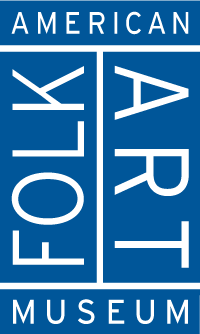Record Details
Sea Serpent Weathervane
Weathervanes occur as silhouette or three-dimensional forms, are handcrafted or factory produced, and are made of wood or metal. Because they typically were mounted on rooftops, the visual impact of silhouette vanes was particularly effective. There are few extant examples of silhouette weathervanes in the form of a sea serpent, an image that appears to have gained popularity around the mid-nineteenth century. This coincided with the period's drive to discover new species, which became a mania among scientists and amateur naturalists alike. The widespread interest was spawned in part by an admiration for Carolus Linnaeus, the mid-eighteenth century Swedish botanist whose system of classification also introduced a practical method of naming species. The finding and naming of new species became such an endemic passion that English novelist Charles Kingsley was moved to caution that "it is morally dangerous; for it brings with it the temptation to look on the thing found as your own possession, all but your own creation."
Despite this warning, the rapid-fire discovery of new life-forms fed the public's imagination, until it seemed simply a matter of time before even creatures from mythology would be discovered to be based in fact. The most enthusiastically sought imaginary beast was the sea serpent, whose frequent sightings, especially off the coasts of New England and Norway, led to the appointment of Richard Owens, one of England's preeminent scientists, as advisor to the British government to investigate the reports. This midcentury obsession with spotting a sea serpent, combined with New England's long and profound history with the fishing industry—particularly whaling—made the waters off her coast particularly ripe territory for sightings. There soon emerged a codified imagery that suggested a hybrid between a snake and a sea horse, with pointy horns and a sinuous body that curved—often in a complete circle—and terminated in a forked tail. This graceful image appeared frequently in whalebone jagging wheels carved by men on whaling ships, and the form also lent itself to silhouette weathervanes, usually fashioned from wood.
Stacy C. Hollander, "Sea Serpent Weathervane," in American Anthem: Masterworks from the American Folk Art Museum (New York: Harry N. Abrams in association with American Folk Art Museum, 2001), 334.














